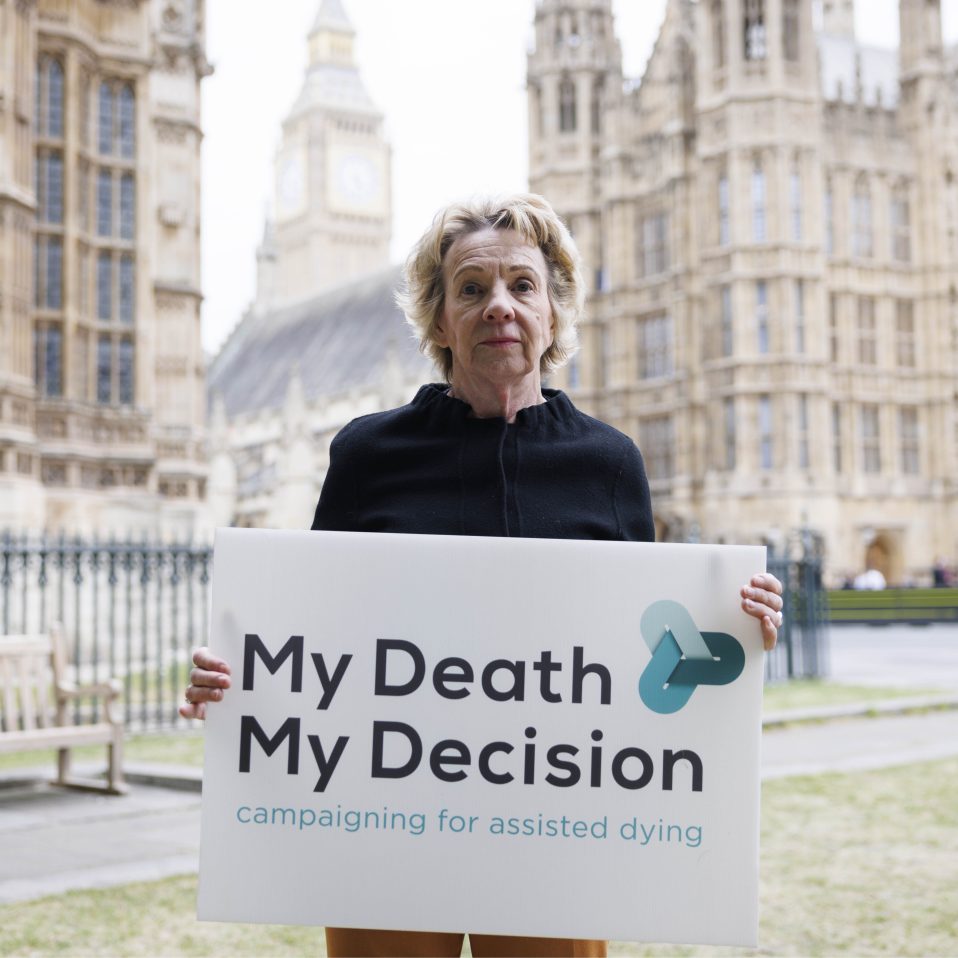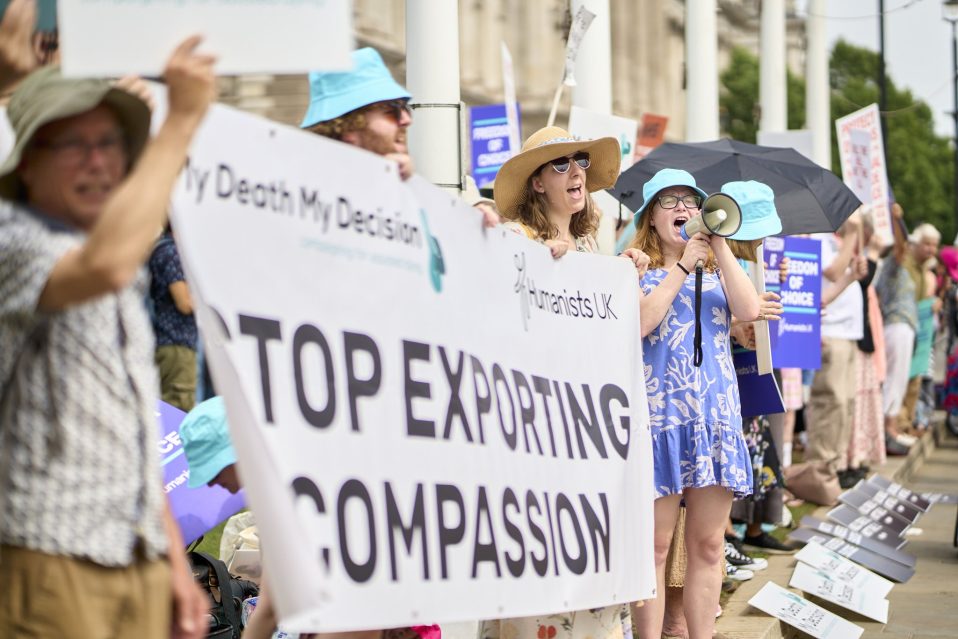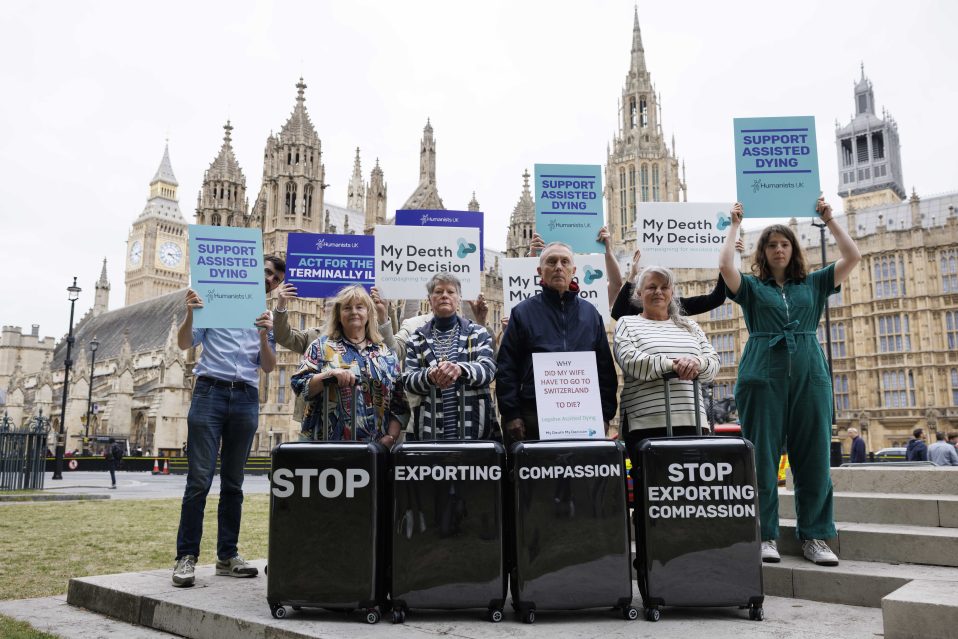Dignity in Dying have published a hard-hitting report on how unpleasant the realities of dying in the UK today can be for some people. The report ‘The Inescapable Truth. How seventeen people a day will suffer as they die‘ is available in full as a 92 page PDF file here. It is also available in web summary form here.
It is an important and useful piece of work. All too often the images portrayed of people receiving palliative care are those in the relatively early stages, when care is obviously serving them well. Rarely do we get a glimpse of the situation closer to the end of life, where for some, suffering cannot be effectively controlled, even by the best palliative care. Instead, information is shared anecdotally by those who have been shocked by what they have seen their own relatives having to experience. The report attempts to redress the balance with an assessment of how much intolerable suffering is experienced at the end of life.
The report opens with an introduction by Nick Boles MP who says “The experiences shared in this report are as harrowing as anything I have encountered as a Member of Parliament. I have had two bouts of cancer and am no stranger to the nastiness of the disease and its treatments, but nothing prepared me for the horror of what is described here.” He continues: “Those who oppose a change in the law point to the fact that palliative care works for the vast majority of people approaching the end of life. That is no consolation to the people for whom it does not. It is shocking to think Parliament could ever be content with a policy that has such disastrous consequences for so many people.”
The report is careful to position itself in full support of palliative care as far as palliation is possible. MDMD, like Dignity in Dying, recognise and fully support the excellent work done by those working in palliative care to do what they can to help people have an acceptable quality of life for as long as possible. The problems come when a tolerable quality of life, as perceived by the person who has to live it, is impossible. For many people, that stage is never reached, they die naturally without suffering unacceptably. But for the few who have to suffer, against their will, with no alternative of a medically assisted death, the situation can be horrific. Further, the fear of a future possibly horrific situation from which they will have no escape, will negatively impact a person’s perceived quality of life, possibly to the point of it being unacceptable. The option of a medically assisted death, even if they never find they need it, would largely eliminate this fear.
The figure of 17 people every day suffering from pain is the finding of research done by the Office of Health Economics (OHE), commissioned by Dignity in Dying. The OHE report can be found here. Their source data was for England in 2017/18 and extrapolated to the whole UK to obtain the 17 people a day figure. Looking into the source data more closely reveals some important points:
- The figure of 17 people per day is extrapolated from the current data to the situation where everyone has excellent palliative care who needs it. Currently OHE estimate that 75% of dying people require palliative care, but only 55% of dying people get it. An estimated 20% of dying people need palliative care but don’t get it. An example of this is given in a recent story in the Guardian. This unmet need is something that people on all sides of the right-to-die debate agree needs to be fixed. Because of the unmet palliative care need, the actual figure for people suffering as they die is currently higher than 17 people per day, but would be reduced to 17 if palliative care was provided for all who need it.
- The figure of 17 people per day is for those who have “no pain relief at all“. The figure rises to 167 per day, almost 10x, for those who have “partial or no pain relief“.
- These figures are small in percentage terms. People in the “no pain relief at all” category account for 1% of all deaths. The “partial or no pain relief” category accounts for 10% of all deaths. So with available palliative care 90% of deaths would be pain free with the help of effective pain relief when necessary.
- The OHE study was confined to assessment of “pain”. Those who end their life with a “perceived quality of life falling permanently below the level they are able to accept”, the much broader criterion MDMD use in our objective, will be much higher as unrelievable pain is only one reason why a person’s quality of life might be permanently below the level they are able to accept. (Other reasons could include loss of dignity for example.)
The Dignity in Dying report spends much time giving a qualitative impression of the suffering various people have to contend with at the end of life through the quotes of dying people, their relatives and healthcare workers, including palliative care doctors. These touch on many of the aspects beyond “pain” itself. One of the more harrowing examples is a quote from an unnamed palliative care consultant: “One of the most distressed patients I have ever seen in my life was a man who had had a penile cancer. His penis had been removed and he was left with a big open hole directly into his bladder. He was a very gentle person. He was so ashamed and he would cry. He was begging to have his life ended because he just hated it and he had lived for months in that condition. He was begging to have his life ended because it had absolutely no meaning. He was also in pain, but that was not the main thing; it was the utter degradation. I felt so helpless. We could do nothing about that.”
In examining current end-of-life medical practices, the report usefully highlights the important inconsistency in the concern many of those opposed to a change in the law raise – the risk of vulnerable people being coerced into requesting an assisted death. The current law allows people to refuse life sustaining treatment, thereby hastening their death. Indeed, the current right to refuse life-sustaining treatment is argued by some, such as palliative care consultant Baroness Ilora Finlay, to be a reason for not changing the law. However, there is exactly the same risk of vulnerable people being coerced into refusing life-sustaining treatment as there is in their being coerced into requesting an assisted death, were that option available. The principle difference is that with medically assisted dying the death will be quicker and painless, so likely to be a more attractive option to the patient. The report points out that “the Association for Palliative Medicine’s specialist guidance states it is the responsibility of doctors to validate the person’s decision [to refuse life-sustaining treatment] by ensuring that it is the ‘settled view of the patient,’ ‘that there is no coercion’ and that the patient has capacity to make the decision.” If palliative care good practice can handle the risk of coercion safely enough in the case of someone refusing treatment, why is this raised as an objection to changing the law on assisted dying? The right-to-die community should do much more to publicise and explain this inconsistency as it demonstrates that there are already mechanisms deemed safe enough to address the concern over possible coercion of vulnerable people. This concern is used as the primary objection to a careful relaxation the assisted suicide law to permit medical assistance to die, when requested by a mentally competent person who is suffering incurably and intolerably.
The Dignity in Dying report is highly valuable as far as it goes, however, the true situation is actually much worse than it portrays, as the report fails to consider those who are suffering incurably and unacceptably but who are not close to dying. This includes people suffering from dementia for example, which is the leading cause of death in England and Wales, responsible for 1 in 8 deaths and almost 1 in 4 for women over 80. In the early and mid stages of dementia the sufferer may be aware of the gradual annihilation of the person they are – something some people find completely unacceptable, people like Alex Pandolfo for example. Similarly it excludes those suffering intolerably from non-terminal but incurable illnesses, people like Omid T, who suffered from Multiple Systems Atrophy and ended his life with medical assistance in Switzerland; Tony Nicklinson, who had locked-in syndrome and ended his life by refusing food after his legal case failed; and Debbie Purdy who suffered from Primary Progressive MS and died by stopping eating and drinking.) Dignity in Dying does not campaign for a change in law which would help such people, whereas MDMD does.





Recent Comments